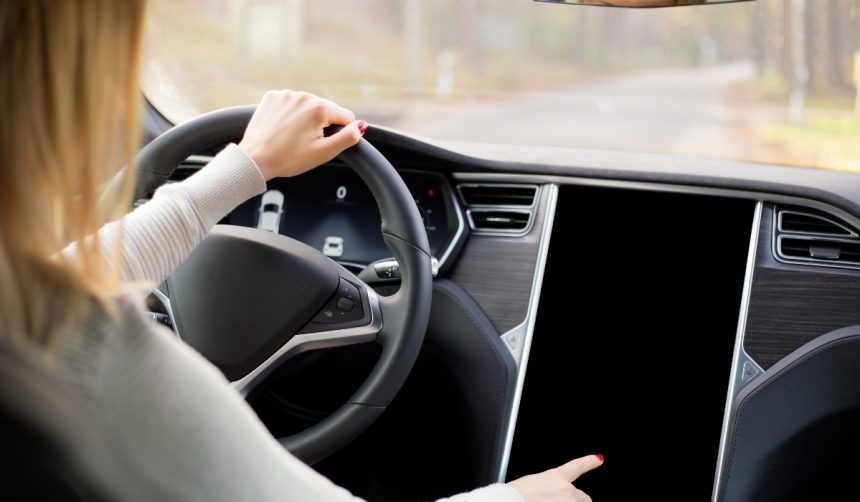Tesla has adjusted its design strategy with the recent launch of the Model 3 and Model Y ‘Standard’ trims, opting to retain a glass roof on these vehicles while making it opaque and covering it from the interior. While the change may surprise some consumers accustomed to the panoramic glass roofs of higher trim levels, the company has cited practical reasons for this move. Prospective buyers now encounter a visible glass roof from the exterior but a conventional ceiling inside the car, raising questions about the balance between cost, experience, and manufacturing.
Other reports initially speculated that Tesla would switch entirely to a metal roof for cost-saving measures in these new trims, but the company instead kept the glass component, making it only visible from the outside. Earlier feedback on Tesla’s glass roofs often praised their spacious feel and sunlit interiors, but there were concerns about heat and glare, which have been addressed in higher trims through specialized coatings. The new approach for ‘Standard’ trims responds to changing market conditions and customer preferences while refining Tesla’s supply chain approaches compared to past implementations.
Why Did Tesla Change the Roof Design?
According to Tesla executives, several factors influenced the decision to keep the glass roof on the outside but cover it internally. The absence of the panoramic sky view addresses customer requests and enhances sound insulation. Lars Moravy, Tesla’s Vice President of Powertrain, commented on the differences:
“All glass is NOT created equal. Remember, the Model Y Premium glass is laminated with silver IR reflective coatings to make it super comfy and reject solar load…the standard is not…plus LOTS of people wanted a closed headliner, always trying to listen (and improve road noise at the same time).”
This statement points to both technical differences and an attempt to address customer feedback.
What Materials Are Used in the New Roofs?
The company continues using glass for ‘Standard’ trims, although the material is structurally similar to what’s found in Premium and Performance models—minus the laminated layers and infrared reflective coatings. A textile headliner completely covers the glass on the interior, making the roof appear opaque from within. Moravy noted that manufacturing efficiency weighed heavily in the decision, stating:
“Cost, supply chain and manufacturing efficiency in our factories.”
This highlights Tesla’s focus on production streamlining and resource optimization during this update.
Does the New Design Impact Vehicle Pricing and Market Position?
Tesla’s decision comes as the company positions the ‘Standard’ trims as more affordable options, partly to offset the loss of the $7,500 U.S. EV tax credit. The unchanged exterior glass helps maintain the vehicles’ familiar look, while the covered interior aligns with efforts to cut manufacturing costs. By balancing design, efficiency, and market conditions, Tesla aims to deliver these models at a more competitive price point, with some trade-offs in features that were previously highlighted as unique selling points.
Tesla’s strategy with the new Model 3 and Model Y ‘Standard’ trims demonstrates a clear pivot in response to competitive pressures and evolving consumer expectations. Buyers who value a panoramic glass roof experience will find it limited to higher trims, while others may appreciate the quieter, more insulated cabin environment. The company’s continued use of glass also ensures a streamlined assembly process, benefiting supply chain logistics and cost control. For prospective purchasers, it’s worth weighing these changes against personal preferences and the perceived value of a panoramic view, as both aesthetics and functional attributes have shifted in these latest offerings.
- The Model 3 and Model Y ‘Standard’ trims keep an exterior glass roof.
- The glass roof is opaque and covered on the interior side in these models.
- Tesla cites cost and efficiency as primary reasons for this design choice.










